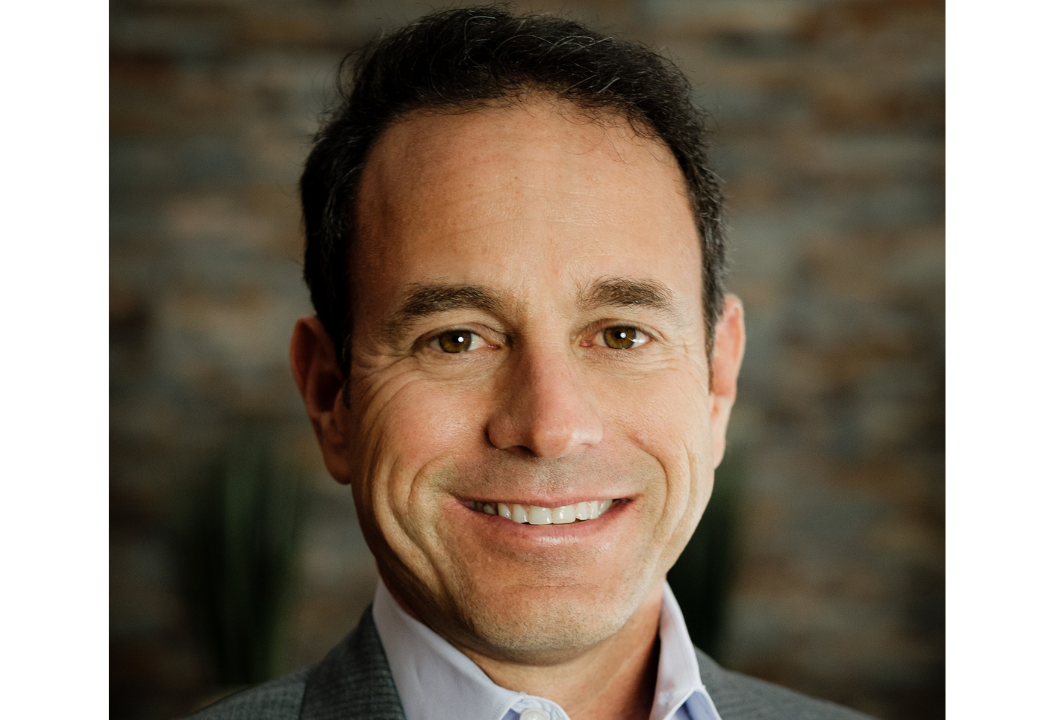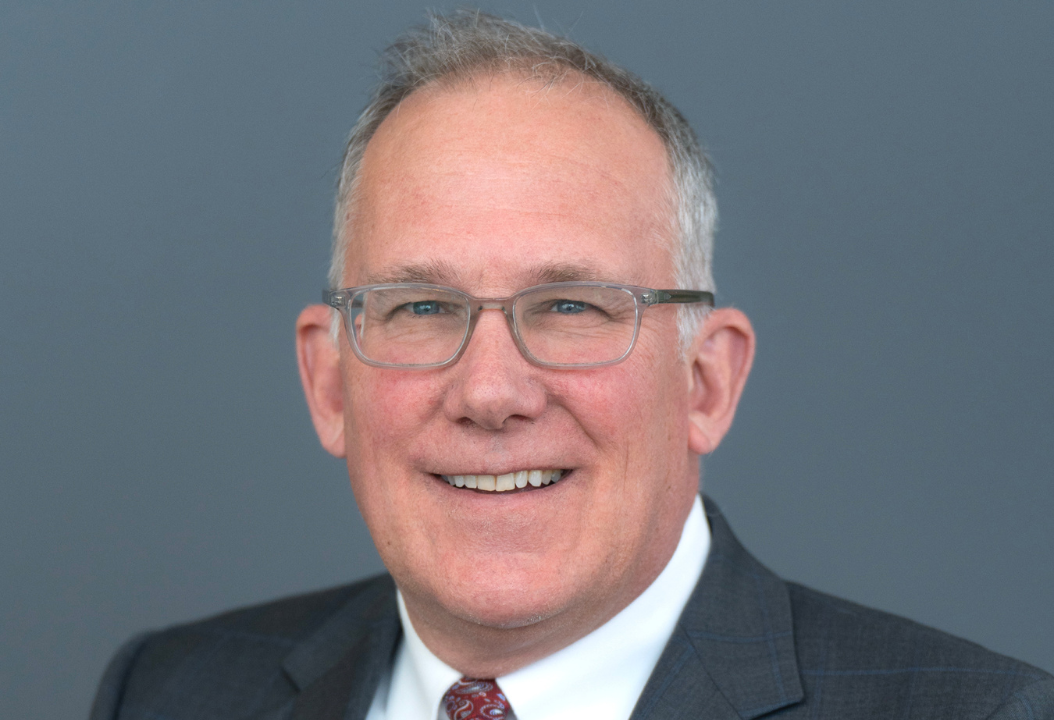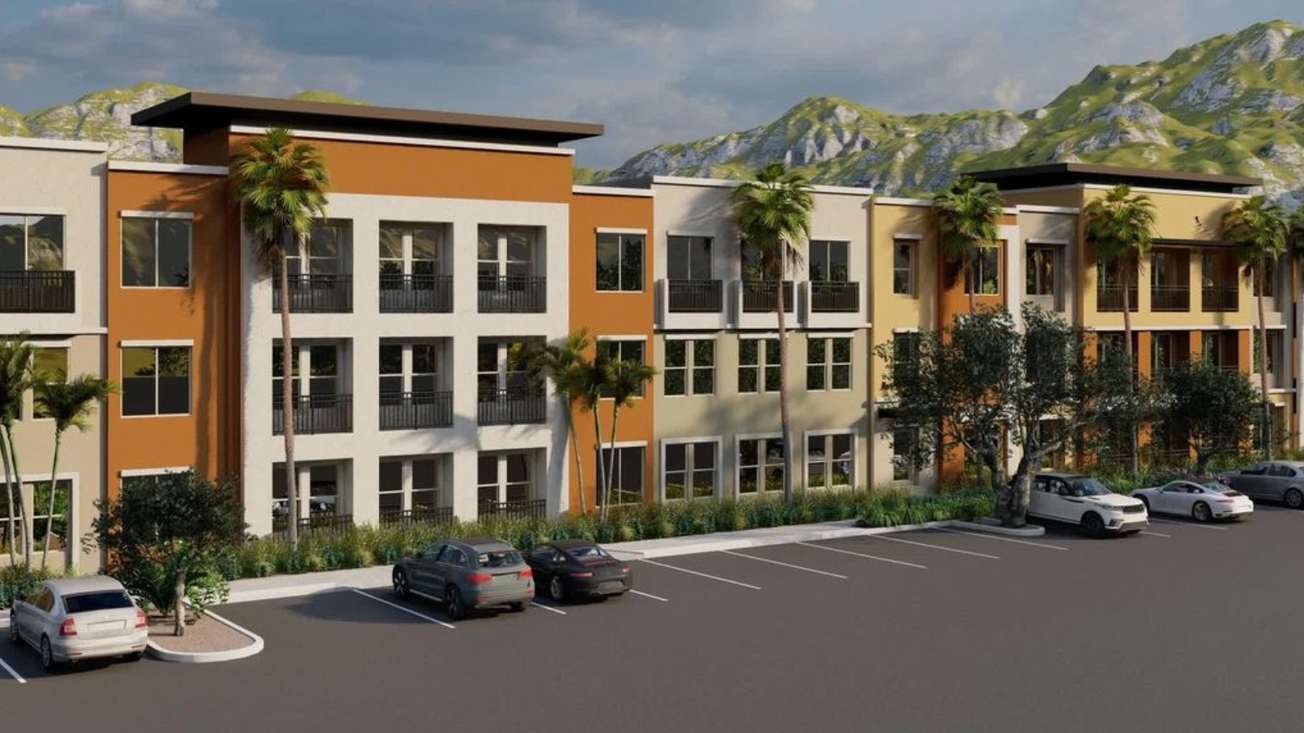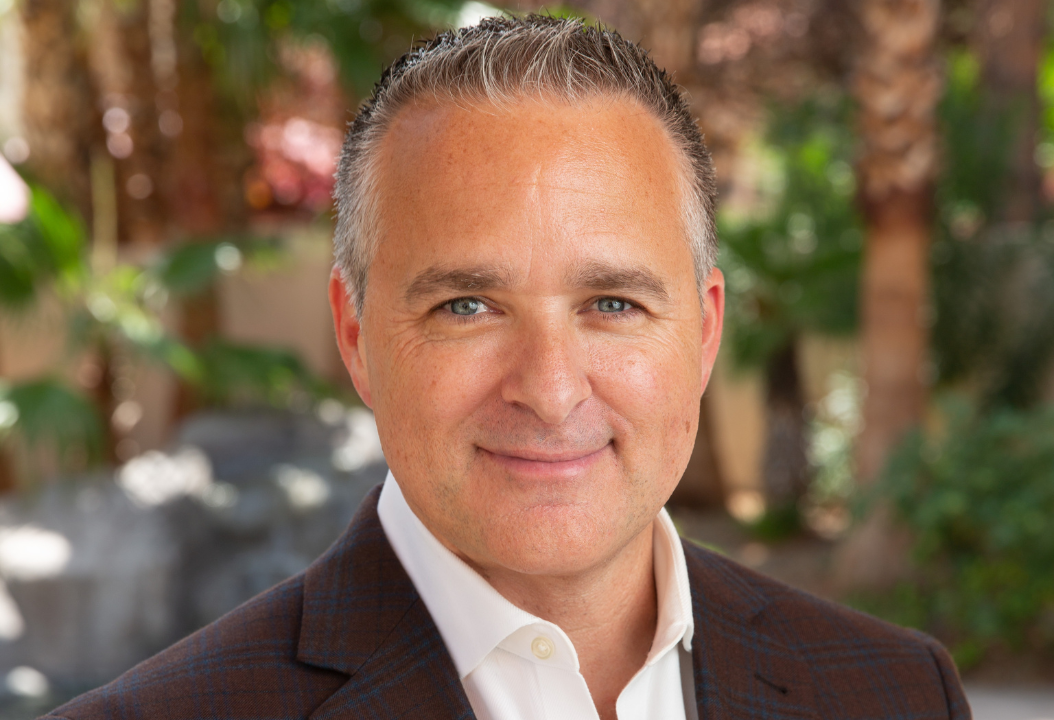Subscribe to our email newsletter and follow us on social media.
Tyre Gray, Esq. is the President of the Nevada Mining Association, an association that represents one of the key industries in Nevada. More than 12,000 people are directly employed by the Nevada mining industry. In this interview, Tyre talked about modern mining in Nevada, workforce development, and the trends and challenges shaping the industry.
Prior to joining the association in 2019, Tyre was an attorney in private practice focusing on government affairs, where he represented a Fortune 5 company and numerous Fortune 500 companies before local, state, and federal regulatory and legislative bodies across the southwestern states. He holds a law degree from the UNLV William S. Boyd School of Law.
1) How has inflation, interest rate and supply chain distribution impacted Nevada's mining industry in recent years?
Like all industries, Mining is not immune to the lingering challenges presented by the COVID-19 pandemic. As a capital-intensive industry, slight variations in all three areas can have a major impact on a project’s feasibility and be the difference between development and closure, putting the sustainability of jobs and communities at-risk. However, Nevada’s mining industry has done a wonderful job navigating these challenges by taking a global long-term view to mitigate the impact these factors have on our employees, communities, and stakeholders.
Inflation and rising interest-rates have made business operations more costly and the price of goods and services soar, while lessening the flow of capital. These impacts have been felt by hardworking Nevadans in a particularly strong way. The mining industry has long taken pride in holding the title of one of the best-paying industries in the state, with an average salary of $95,000 per year and employer-paid health and retirement benefits. Thus, allowing our employees and communities with heavy concentrations of mining to better weather the challenges associated with increased cost of living expenses.
The supply chain challenges have highlighted a known flaw in U.S. mining. The minerals mined in Nevada are critical to everyday life for all, powering electric vehicles, solar technology, cell phones, computers, the drywall in our homes, and even filtering beer! Currently, after being mined here in Nevada, many of these minerals are shipped to China for processing, then shipped back to Nevada for incorporation into goods. This process becomes exponentially more complex when dealing with supply chain disruptions.
2) Both the federal and State of Nevada are planning to transform to clean, low-carbon economy energy, and lithium is a critical mineral in producing batteries in electric vehicles. Many economic development professionals are suggesting Nevada to take advantage of the growing lithium-ion battery industry to boost energy independence and the state’s economy. How can Nevada expand its lithium economy and prepare the type of workforce it needs?
With cleaner energy, responsible governance and operation, and more efficient resource consumption at the forefront of strategic and generational planning across nearly every industry, Nevada has a unique opportunity to take the lead in the lithium-field. Many may not know this, but Nevada is currently host to the only active lithium mine in the entirety of North America. In a time where more and more companies and governments are looking to adapt to the needs of the future and the green economy goals, lithium is a critical mineral to achieve that success.
As one of the most heavily regulated industries in the state, the process to license, bond, and permit a mine can take more than a decade. Mining experts recognized the value of lithium long ago and have been preparing to meet the increased supply demand for this critical mineral. Looking at the big picture, Nevada has an opportunity to supply a highly paid, sought after, stable workforce to work the lithium mine, but it also unlocks the potential for nearly exponential growth within our state for evolving to meet future needs beyond the extraction of the mineral itself.
As a state, as an industry, as an individual—no matter what the reason, we should always take initiative to better our economic status, diversify resources, and expand opportunities. When looking to the future and the opportunities it may provide, it’s clear there are many things Nevada can bring to the table. We’re partnering with ExxonMobil to host the first “Mining into the Future Symposium” on Thursday, Nov. 3 in Winnemucca, Nevada. The intent of this event is to bring industry experts and panelists together to discuss the future of mining and how to prepare for the ever-evolving mining landscape.
(Mining professionals interested in attending must register by October 28 using the link here.)
3) There is a lot of controversy about mining and its environmental concerns and taxes. As the CEO of the Nevada Mining Association, how do you work and negotiate with the different parties in the community and legislation to ensure that the mining industry continues to expand while mutually beneficial for both sides of the table to cut a deal?
The NVMA and our members have great pride in our ability to work together with diverse groups and make results happen. We also care deeply for the communities where we live and work, including the public school system. Mining is the highest-taxed industry in the state, with an additional tax increase occurring in the 2021 Legislative Session with the passage of AB 495. As an industry, we came together to ensure this tax increase was going to make an impact in the state: an additional $300 million biannually goes to education.
We work diligently to educate the public, stakeholders, legislators and lobbyists about what true modern mining looks like in Nevada. The key word in that sentence: modern. Most Nevadans, although we employ over 41,000 dedicated Nevadans, provide on average, the third highest GDP (Gross domestic product) by industry in the state, and provide over $13.5 billion dollars to Nevada’s economy annually, many people still don’t truly understand modern Nevada Mining. We are always working to demystify the industry so those making the decisions remain informed, knowledgeable and ready to make critical decisions for the betterment of Nevadans.
4) As the first African American CEO of a major industry trade association in Nevada, how do you plan to implement diversity and inclusion initiatives in the mining industry?
Having this title is something I don’t take lightly, however, I also believe it should be normalized. While I may have opened the door, I am also dedicated to ensuring that it stays open for others who may follow. We’ve implemented a “2D Plan” for the Nevada Mining Association: Diversify and Demystify. Many Nevadans don’t consider careers in mining because they have incorrect perceptions about the industry and what modern-day mining truly is. Mining is one of the highest-paying jobs in the state, providing an average salary of $95,000 annually, plus benefits. It’s an industry that requires a strong and dedicated workforce, regardless of race, gender or socioeconomic status.
The NVMA has launched initiatives such as Mining Vegas for Talent, which helps people of color enter the mining workforce with training and job placement. We also work with the Girl Scouts of Nevada on the “Mining In Today’s World” patch program, which dives into the world of mining and its STEM elements.
Our mission is to unite, educate, advocate, and serve as the public voice of Nevada's modern mining industry. A key word in that mission is modern. If we want to increase our diversity, it starts with ensuring people understand who we are, what we are about and what we can offer.
Subscribe to our email newsletter and follow us on social media.









